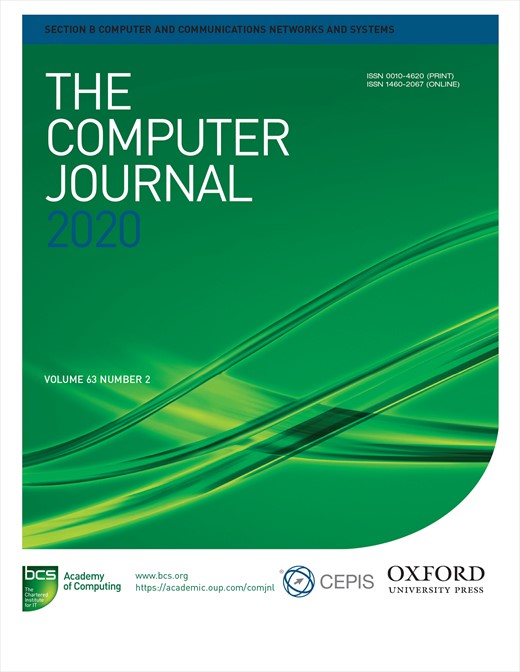-
Views
-
Cite
Cite
Hong-Yi Chang, Zih-Huan Hang, Yih-Jou Tzang, MNVPCS: Multinode Virtual-Point–Based Charging Scheme to Prolong the Lifetime of Wireless Rechargeable Sensor Networks, The Computer Journal, Volume 63, Issue 2, February 2020, Pages 283–294, https://doi.org/10.1093/comjnl/bxz110
Close - Share Icon Share
Abstract
Wireless-charging technology can utilize a mobile wireless charging vehicle (WCV) to rescue dying nodes by supplementing their remaining energy, and using WCVs in this way forms wireless rechargeable sensor networks (WRSNs). However, a WCV in a WRSN encounters several challenges, collectively called the optimized charging problem. This problem involves a set of sensor nodes randomly distributed on the ground for which the WCV must determine an appropriate travel path to charge the sensor nodes. Because these sensor nodes have different workloads, they exhibit different energy consumption profiles over time. Resolving the above-mentioned problem requires the determination of the priority of charging the sensor nodes based on the order in which they are expected to die and subsequently finding the most efficient path to charge the sensor nodes such that sensor death is avoided for as long as possible. Furthermore, the most efficient placement of the charging point needs to be considered when planning the charging path. To address this, the proposed multinode virtual point-based charging scheme (MNVPCS) considers both the planning of an efficient charging and the best location for the charging point. Experimental results show that MNVPCS can improve the lifetime of the entire WRSN and substantially outperform other methods on this measure.




